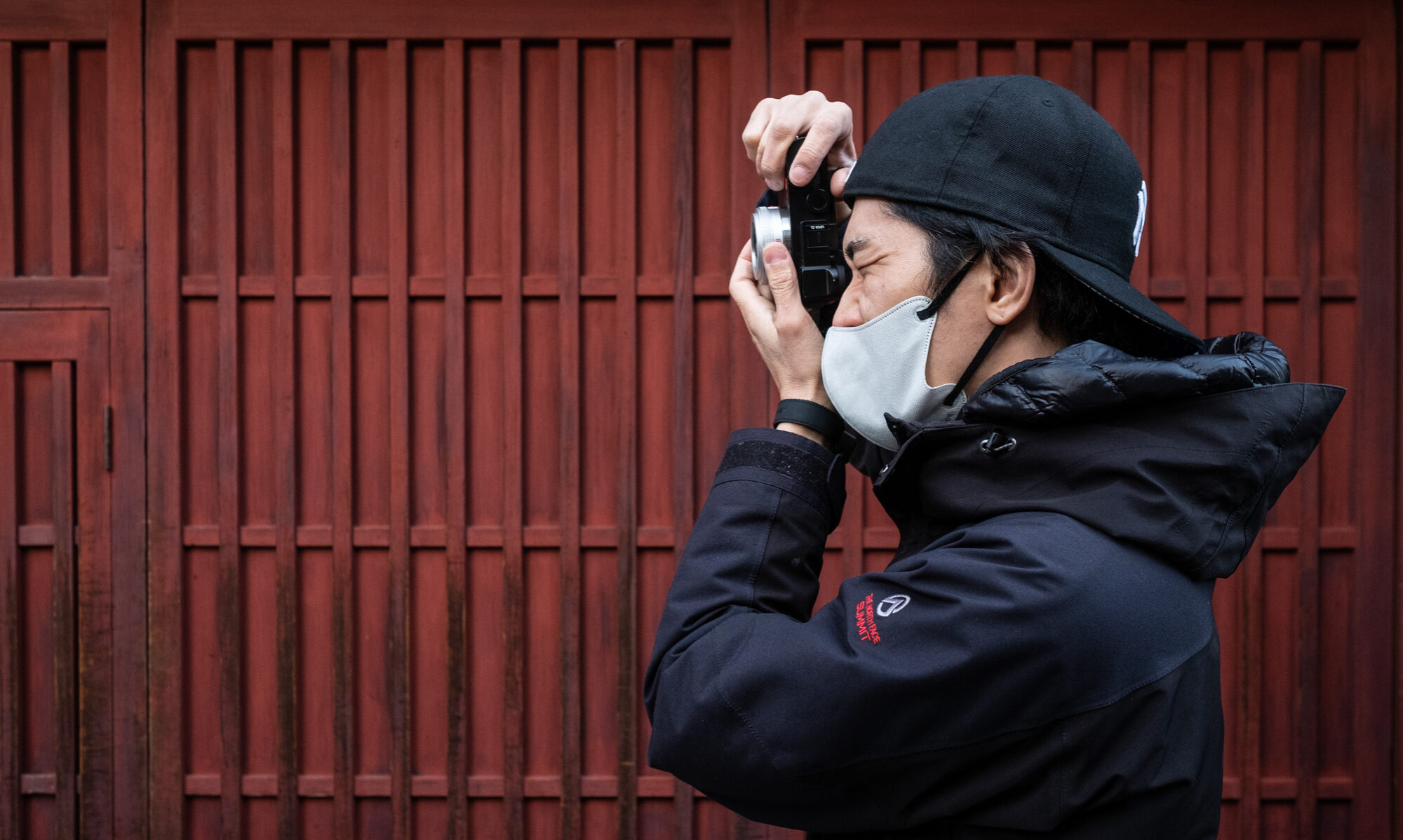If you have read our last post “How does a digital camera record an image?” you have learned the term, ‘pixel’, and you might start to wonder what are pixels? In this post, you will get your question answered.
Look at any picture in the magazine with a magnifying glass and you will see a mosaic of tiny colored dots arranged in a pattern. These are the building blocks of the image that our eyes merge into a picture. With the digital image, the “blocks” are pixels-tiny colored squares that make a continuous picture when they are packed together. You can see pixels in a digital picture when you magnify the image to a large size on your computer screen. Notice that each pixel has both color and brightness. Generally, more pixels means finer recorded detail and the ability to make larger prints.
Strictly speaking, pixels refer to the building blocks that make up a picture-but people often use the term when they mean the photosites on a sensor, too. Each site produces information for one pixel-but the final image is created by the camera software. When you buy a camera, check the camera’s specifications in its manual to find how many “effective” pixels it contains (usually given in mega or millions-pixels: MP). This is very close to the number of photosites on the sensor and is referred to as the sensor’s resolution. Most people buying a digital camera assume (mistakenly) that more is best. Image quality will depend on a number of factors other than quantity of pixels: It is also related to the size of the photosites and how closely they are packed together, the processing used by the camera, and the optics in front of the sensor.


Pixels- image building blocks
To your eye, the pixels that make up the image of the street of Havana are smoothed out when there are enough of them (top)- but as you enlarge it (bottom), the image breaks up into blocks of color.


You must be logged in to post a comment.